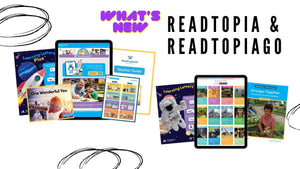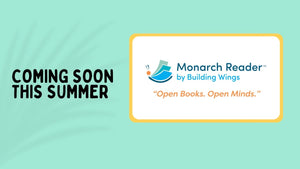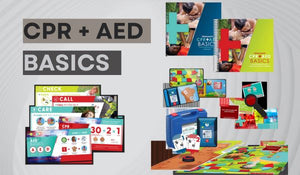How and Why Accessible Coding for All Students

Coding is more and more a focus of many curriculum initiatives across Canada. Where team based problem solving, strategizing, logical thinking meets with technology, coding skills are essential in today’s world.
At ISTE 2018, Bridges’ Leanne Husk and Susie Blackstien-Adler presented on Coding for All, making coding in schools accessible to students of all abilities.
In fact their presentation was such a hit, their presentation has been accepted for ISTE 2019 in Philadelphia! The presentation is scheduled for Sunday, June 23rd. Bridges will also be participating in the Inclusive Network Playground scheduled for Tuesday, June 25th, in the morning.
We’ve incorporated that experience and other learning and research, including collaborating with OCAD’s Inclusive Design Research Centre into our Coding Kit and our new accompanying Accessible Coding Workshop.

This work has brought us to the conclusion that students with disabilities can benefit immensely from learning to code opportunities.
Classroom coding activities are fun, challenging team work with plenty of opportunity for creativity. They can foster skills that are essential for learning as well as daily life and work:
- Expressive communication
- Sequencing
- Collaboration
- Perseverance in problem solving
- Memory
- Literacy
- And the metacognitive skills essential for all areas of academics and daily life.
But students who struggle with language, learning, or cognitive difficulties, are often unable to participate in classroom coding activities or are relegated to passive roles.


Although popular coding tools like Scratch and Blockly (see screen shots above) are designed for young learners, they nonetheless rely on pre-requisite skills that can become barriers for learners with special needs, like literacy load, dragging and dropping (with mouse or touch), keyboarding, a level of visual/auditory processing, decoding/encoding, et cetera.
That’s the genesis of the new Bridges Coding Kit and our Accessible Coding Workshop. We’ve seen how coding instruction can be made accessible and rewarding for students with special needs through:
- Careful exploration of tools and resources
- Scaffolded instruction of coding language and conventions
- Planning with the creation of social stories and communication boards and other tools
- Patient instruction with lots of reinforcement repetition and supports

In the summer of 2018 we got a chance to try out some of these strategies with a group of children on the autism spectrum at Playful Strides in Milton, Ontario. Leanne and Susie worked on coding with the students using Dash, Wonder's Blockly and Go apps, as well as Cubetto.
The new Bridges Coding Kit comes with a USB stick full of resources honed by our experiences at Playful Strides , to make it easy for educators to start accessible coding instruction.
Our Accessible Coding Workshop delivers to teachers an opportunity to dive deep into:
- The benefits of learning to code for students who learn differently.
- A UDL approach to planning, materials and instruction overcoming typical barriers in coding.
- An instructional framework and classroom resources.
Want to learn more about the benefits of coding and how to get started in coding for your students with learning challenges? Contact Bridges for a chat or a proposal for your education community.
- Bogdan Pospielovsky






Comments 0